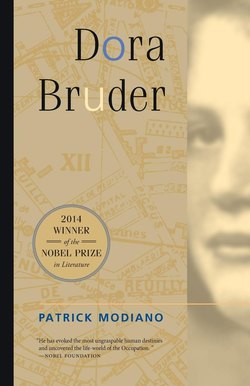Читать книгу Dora Bruder - Patrick Modiano - Страница 14
Оглавление.................
OTHER SUMMER DAYS WERE SPENT IN CLIGNANCOURT. Her parents would take Dora to the Cinéma Ornano 43. It was just across the street. Or did she go on her own? From a very young age, according to her cousin, she had been rebellious, independent, with an eye for the boys. The hotel room was far too cramped for three people.
As a child, she would have played in the Square Clignancourt. At times, this part of town seemed like a village. In the evenings, the neighbors would place their chairs outside and sit on the sidewalk for a chat. Or take a lemonade together on the café terrace. Sometimes men who could have been either real goatherds or else peddlers from the fairs would come by with a few goats and sell you tall glasses of milk for almost nothing. The froth gave you a white mustache.
At the Porte de Clignancourt, the toll house and gate.1 To its left, between the flea market and the tall apartment blocks of the Boulevard Ney, an entire district of shacks, warehouses, acacias, and low-built houses, since pulled down. This wasteland had impressed me, aged fourteen. I thought I recognized it in two or three photographs, taken in winter: a kind of esplanade, a passing bus in sight. A truck at a standstill, seemingly forever. Waiting beside an expanse of snow, a trailer and a black horse. And in the far background, the dim masses of high buildings.
I remember experiencing for the first time that sense of emptiness that comes with the knowledge of what has been destroyed, razed to the ground. As yet, I was ignorant of the existence of Dora Bruder. Perhaps—in fact, I’m sure of it—she explored this zone that, for me, evokes secret lovers’ trysts, pitiful moments of lost happiness. Here, reminders of the countryside still surfaced in the street names: Allée du Puits, Allée du Métro, Allée des Peupliers, Impasse des Chiens.
1. One of the 18th-c. gates (barrières) in the fortifications of Paris; originally control points for game, later also used for goods subject to excise tax, they were abolished in the late 1920s.
